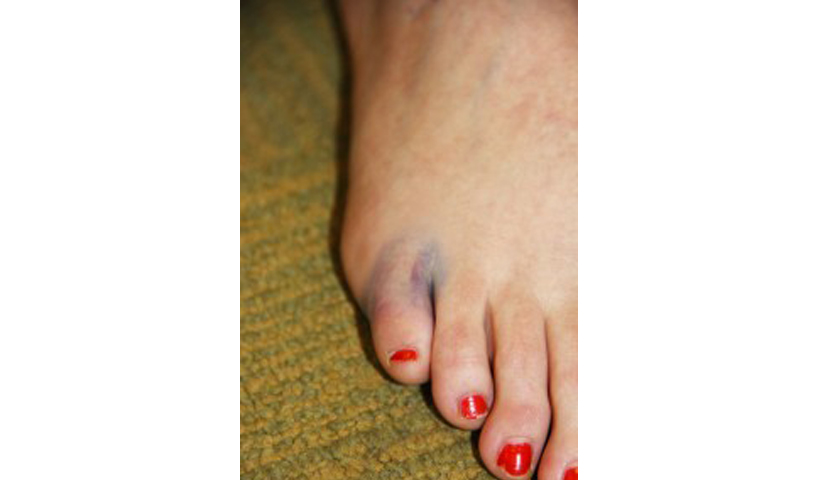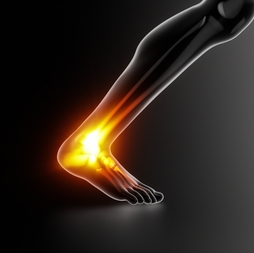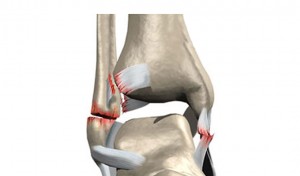The body has many incredible systems designed to protect itself from damage and allow you to move around freely. Some of these encase the joints. Wherever two bones meet is considered a joint, whether it moves or not, and each one supports a lot of strain from your movements and bodyweight. When something goes wrong with your immune system, your body can begin to attack and damage the very structures that are designed to make it work efficiently. This is what occurs in rheumatoid arthritis.
Your Joints Are Under Attack
This debilitating condition is an autoimmune disease that affects joints all over the body, not just the feet. Sometimes it starts elsewhere at first, though the vast majority of people with the disease do develop issues in the lower limbs. It can cause other joint issues as well, like talonavicular arthritis. No one is exactly sure how it begins, though it does seem to have a genetic component to it. Something triggers an overactive immune response and causes the protective lining around the joints to become irritated and swollen. This damages the structure and softens the bones underneath.
As the joint breaks down, the ligaments holding the bones together weaken. This can lead to deformities like clawtoe or hammertoe. As the bone tissue softens, you become more vulnerable to stress fractures or bone collapse. The inflammation and swelling often enlarges your joints and makes it difficult to walk or wear shoes. The skin around the affected area may even appear red. Usually the disease affects the toes first, though it can be anywhere two bones meet. As the condition deteriorates, it generally damages other joints as well. When it appears between tarsal bones, like the talonavicular joint, it makes the top of the foot swell and can result in arch collapse. In the hindfoot area, the disease actually changes the alignment of the bones, altering the shape of the foot and putting extra pressure on the other structures. Because this is an autoimmune disease, there is no actual cure—but you can slow its progression and manage the symptoms, allowing you to maintain your mobility.
Managing the Condition
Catching and treating the problem right away is the key to avoiding the serious complications that can result from rheumatoid arthritis. One of our doctors will examine your lower limbs and perform tests to determine if you have the disease and to what extent. They may request diagnostic images to get a more accurate picture of the damage to your joints. Then they can help you move forward with treatment to relieve your discomfort.
You will need to rest your feet often to try to limit the irritation. Low-impact exercises allow you to stay active without putting unnecessary stress on your lower limbs. Icing the joints can help reduce some of the inflammation and relieve the pain. Anti-inflammatory medications, or even direct injections of steroids or pain medicines, can help slow the disease. Physical therapy exercises can help you maintain some of your range of motion and stretch out your damaged structures. You may need orthotics—or even braces—to add cushioning and control or limit the motion in your feet and ankles. Severe breakdown of the bone structure may require surgery to eliminate the discomfort. Bone fusions and joint replacements are two common procedures used to repair damage from rheumatoid arthritis.
If you’re struggling with arthritis of any kind in your lower limbs, but especially rheumatoid, don’t wait to seek professional help to manage your condition. Arthritis doesn’t improve on its own, but it can get much worse. Contact Country Foot Care for an appointment or more information to take care of your feet and ankles now, before the pain gets out of hand. Appointments can be made using the MAKE AN APPOINTMENT form at the top of this page or by calling our offices directly and speaking with a member of our staff.




